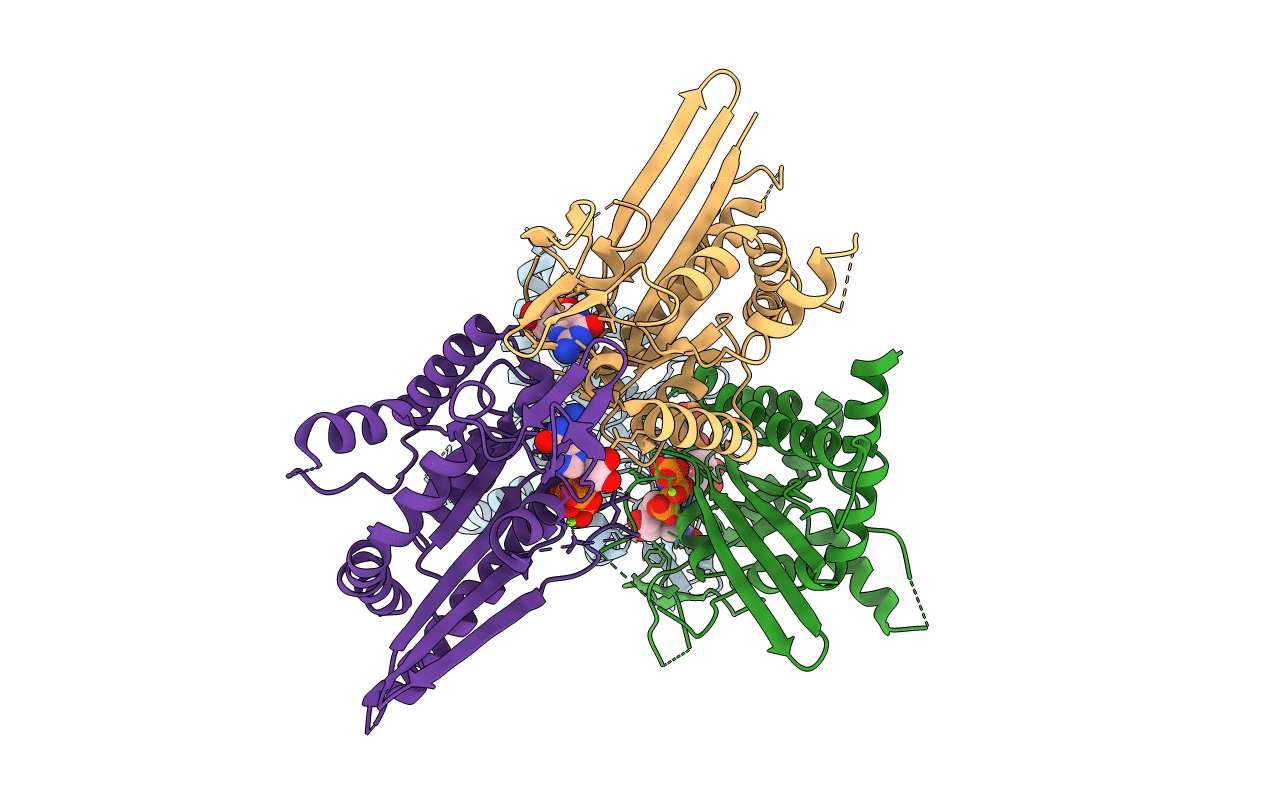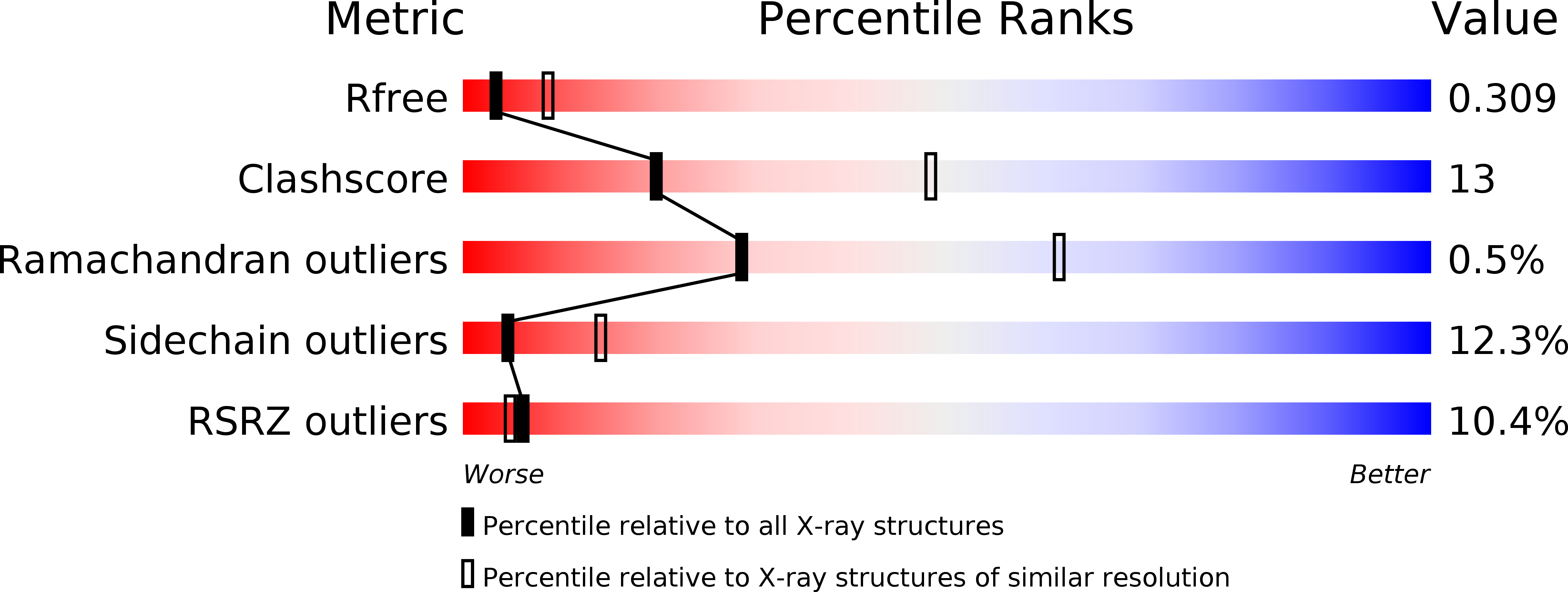
Deposition Date
2009-01-13
Release Date
2009-09-22
Last Version Date
2023-09-06
Entry Detail
PDB ID:
3FTQ
Keywords:
Title:
Crystal structure of Septin 2 in complex with GppNHp and Mg2+
Biological Source:
Source Organism:
Mus musculus (Taxon ID: 10090)
Host Organism:
Method Details:
Experimental Method:
Resolution:
2.90 Å
R-Value Free:
0.29
R-Value Work:
0.24
R-Value Observed:
0.24
Space Group:
P 21 21 21


